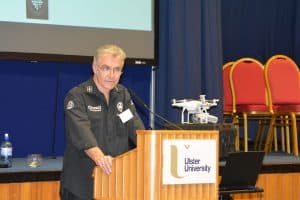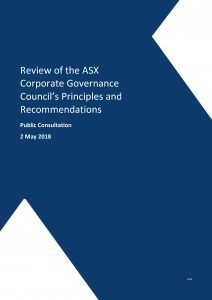 The Australian Securities Exchange (ASX) regularly updates the Corporate Governance Principles and Recommendations administered by its Corporate Governance Council. The Council has recently closed submissions on its consultation on the Fourth Edition. The submissions are worth looking at to see how occupational health and safety (OHS) fairs, and it is also worth looking for mentions of the “social licence to operate”.
The Australian Securities Exchange (ASX) regularly updates the Corporate Governance Principles and Recommendations administered by its Corporate Governance Council. The Council has recently closed submissions on its consultation on the Fourth Edition. The submissions are worth looking at to see how occupational health and safety (OHS) fairs, and it is also worth looking for mentions of the “social licence to operate”.
The 3rd edition of the principles provides examples of what it means to be a “good corporate citizen” (page 19),

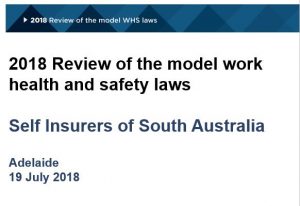

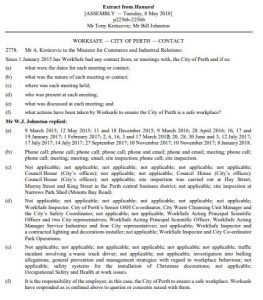
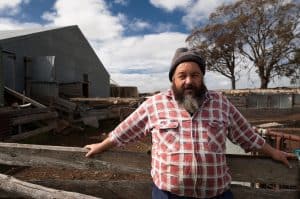 Australia’s occupational health and safety (OHS) agenda seems largely dictated by high risk industries like construction in some States and the mining sector in others. But agriculture is common to all Australia States and is consistently included in the official and unofficial workplace fatality data. New research has been released into serious farm injuries and which voices are the most effective in improving the situation.
Australia’s occupational health and safety (OHS) agenda seems largely dictated by high risk industries like construction in some States and the mining sector in others. But agriculture is common to all Australia States and is consistently included in the official and unofficial workplace fatality data. New research has been released into serious farm injuries and which voices are the most effective in improving the situation.